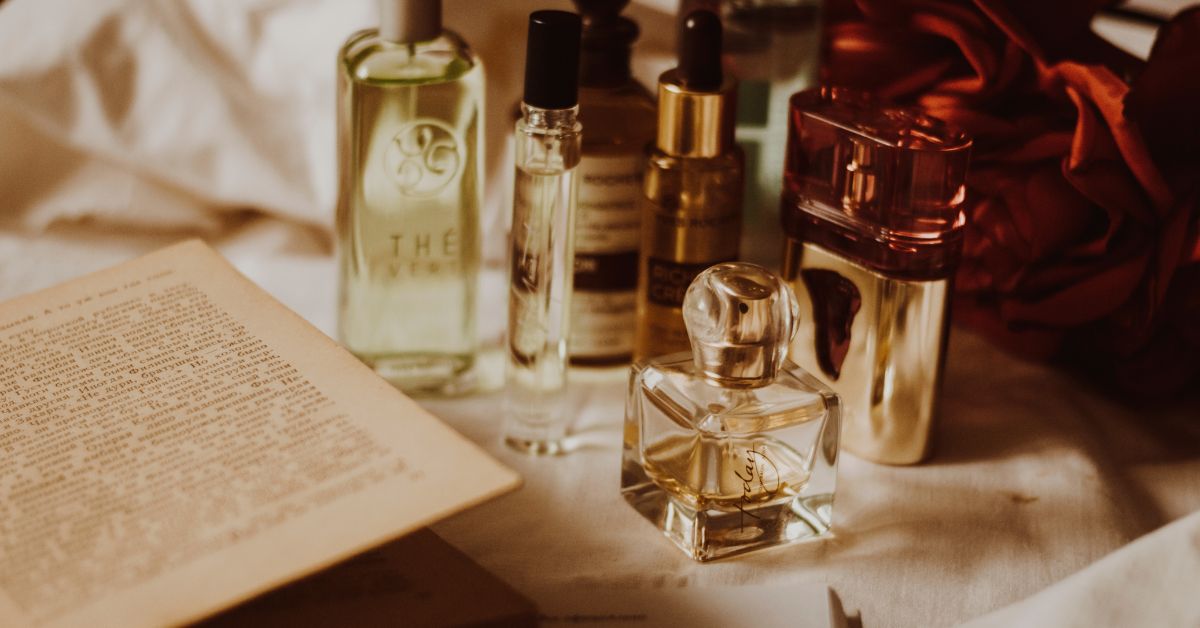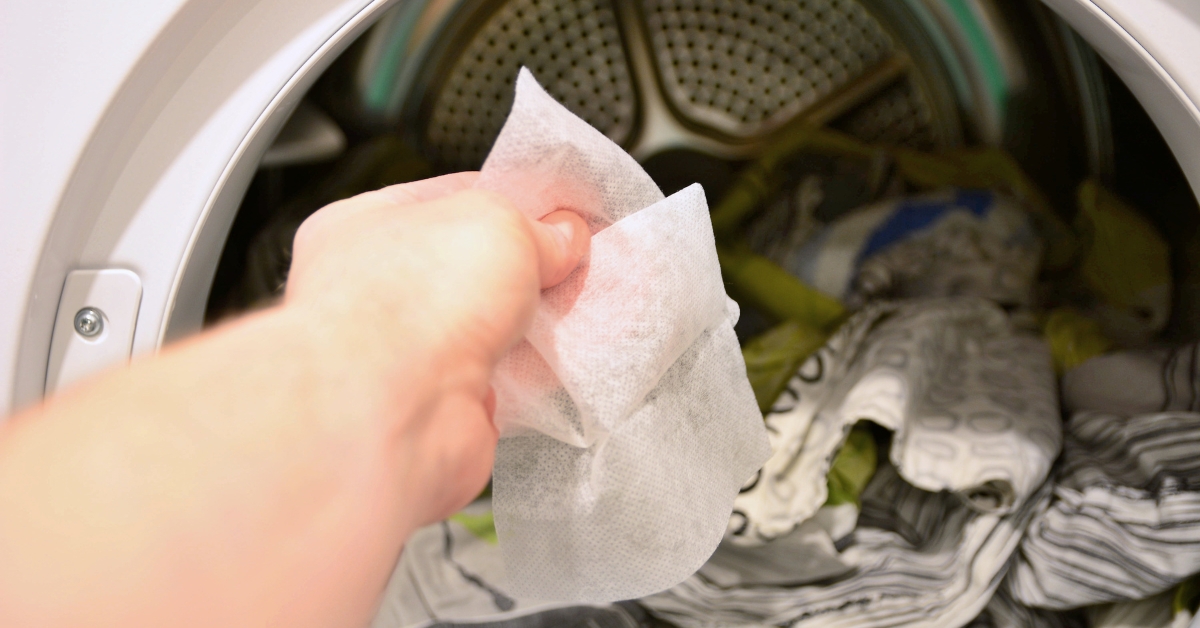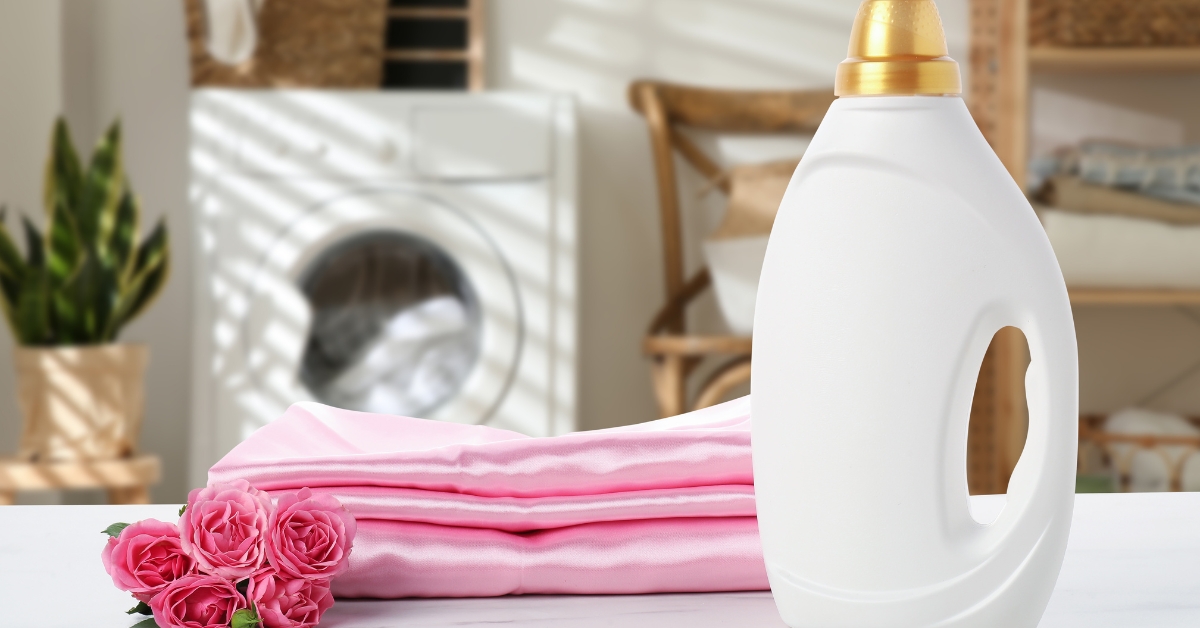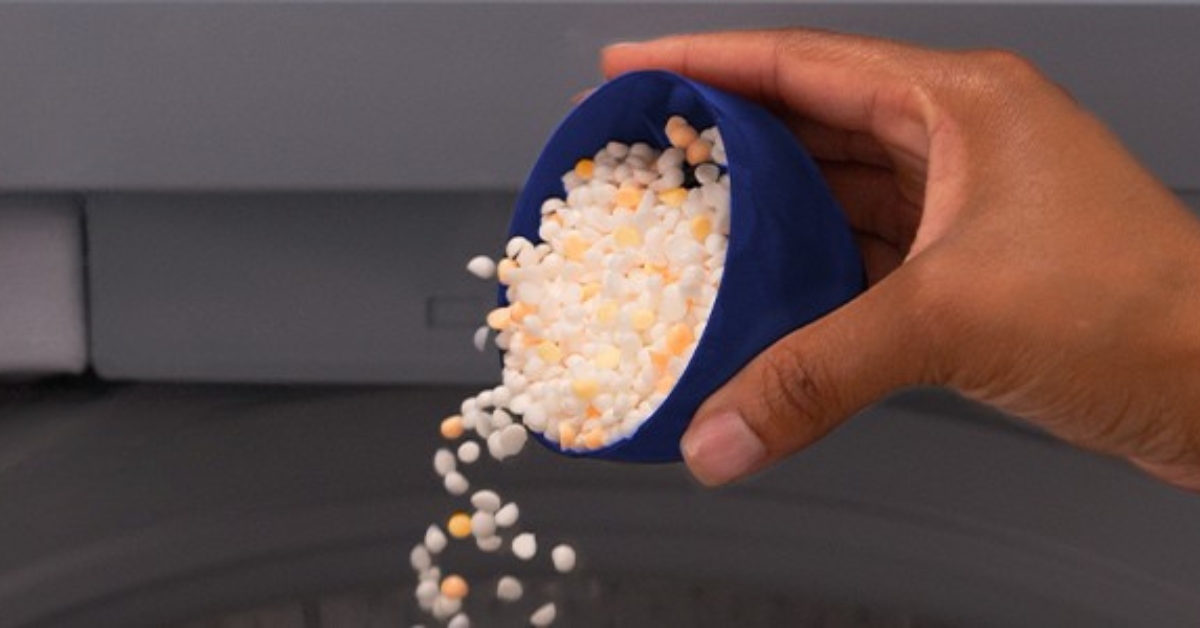Layering perfume fragrances is more than just a trend—it’s a creative way to craft a scent that’s uniquely yours. By combining two or more fragrances, you can create a signature blend that evolves with your skin and lasts throughout the day.
When done right, layering enhances depth, projection, and personalization, helping you stand out in a world of mass-produced scents. But achieving the perfect combination takes more than guesswork.
This guide will walk you through how to layer perfumes properly, from understanding fragrance notes to applying smart layering techniques. Whether you’re new to fragrance or looking to refine your approach, these tips will help you build a scent wardrobe that truly reflects your style.
Understanding Fragrance Notes
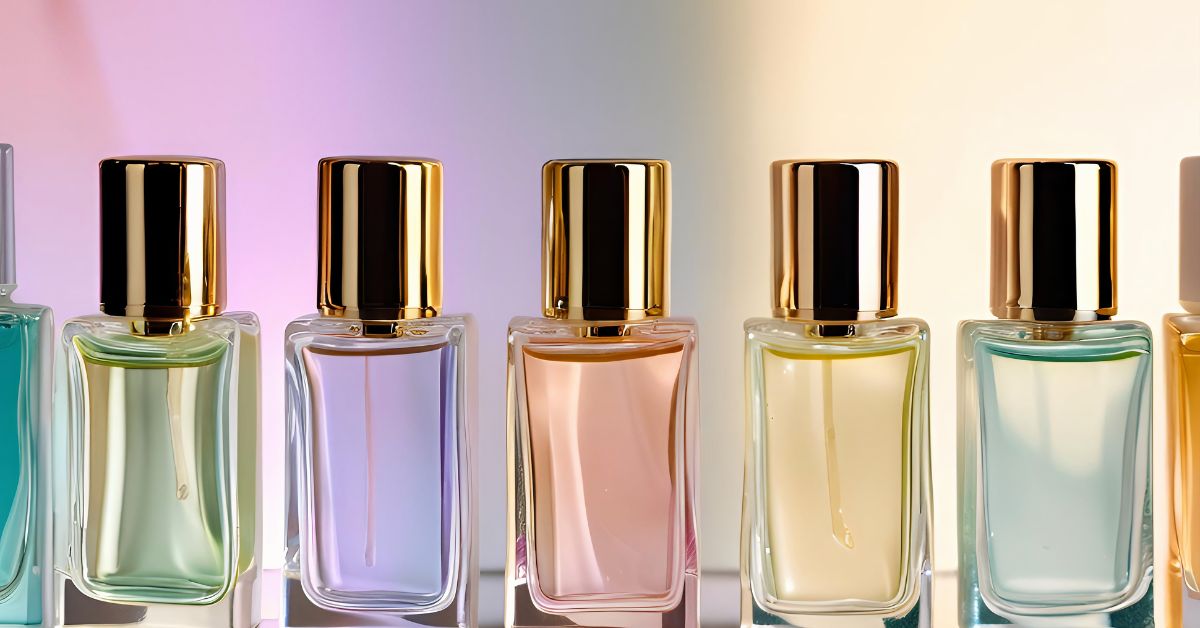
To layer perfumes effectively, you need to understand how fragrance notes work. Every perfume is built in layers: top, middle, and base notes. These layers unfold over time and determine how a scent develops on your skin.
- Top notes are the first impression. They’re light, fresh, and usually fade within 15–30 minutes. Common top notes include citrus, bergamot, or green leaves.
- Middle notes, also called heart notes, emerge once the top fades. These define the character of the scent—think floral, spice, or fruity elements—and last several hours.
- Base notes are the foundation. They’re rich, deep, and long-lasting, often including vanilla, musk, amber, or woods.
When layering, combining fragrances with compatible notes ensures a smoother blend and prevents clashing scents.
Choosing the Right Fragrances
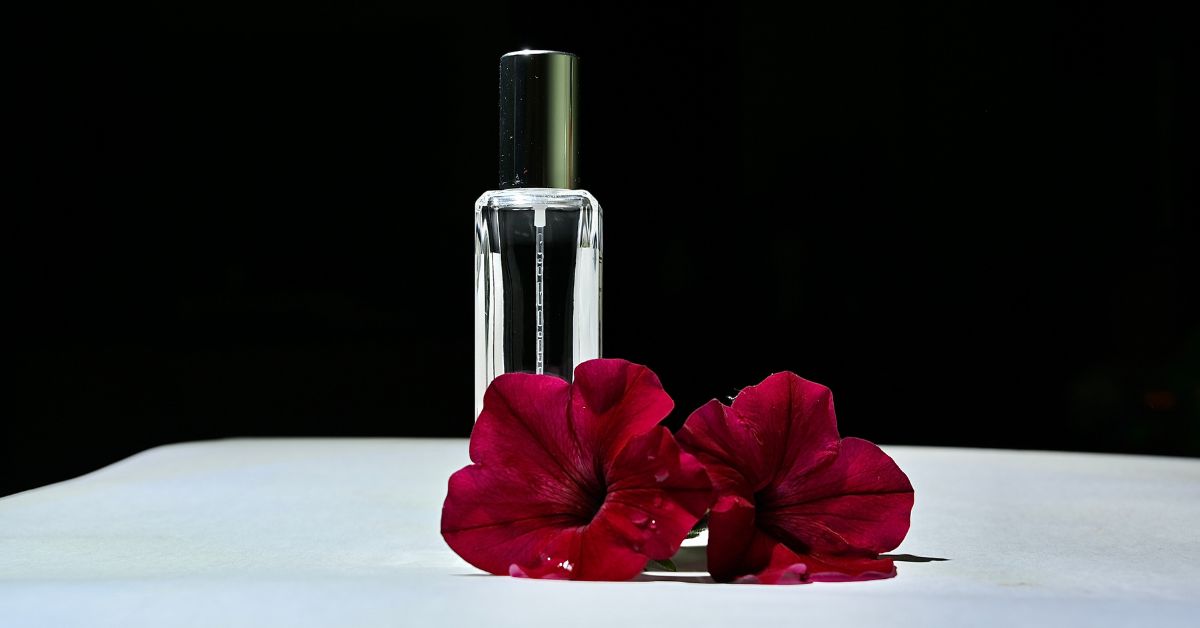
Successful layering starts with choosing scents that work well together. The goal is to create harmony, not conflict. Keep these key points in mind:
- Identify scent families: Understand whether your perfumes belong to floral, woody, oriental, fresh, or gourmand families. Fragrances from the same or complementary families tend to blend more smoothly.
- Consider personal preferences and skin chemistry: What smells amazing on a blotter may shift once it reacts with your skin’s natural oils. Always test combinations before committing to them.
- Start simple: If you’re new to layering, try building around a base-heavy scent like vanilla, musk, or sandalwood. Then add a lighter fragrance—such as citrus or floral—on top.
- Try beginner-friendly combinations: Some great pairings to experiment with include: Rose and musk, Citrus and wood, Vanilla and warm spices
Techniques for Layering Fragrances
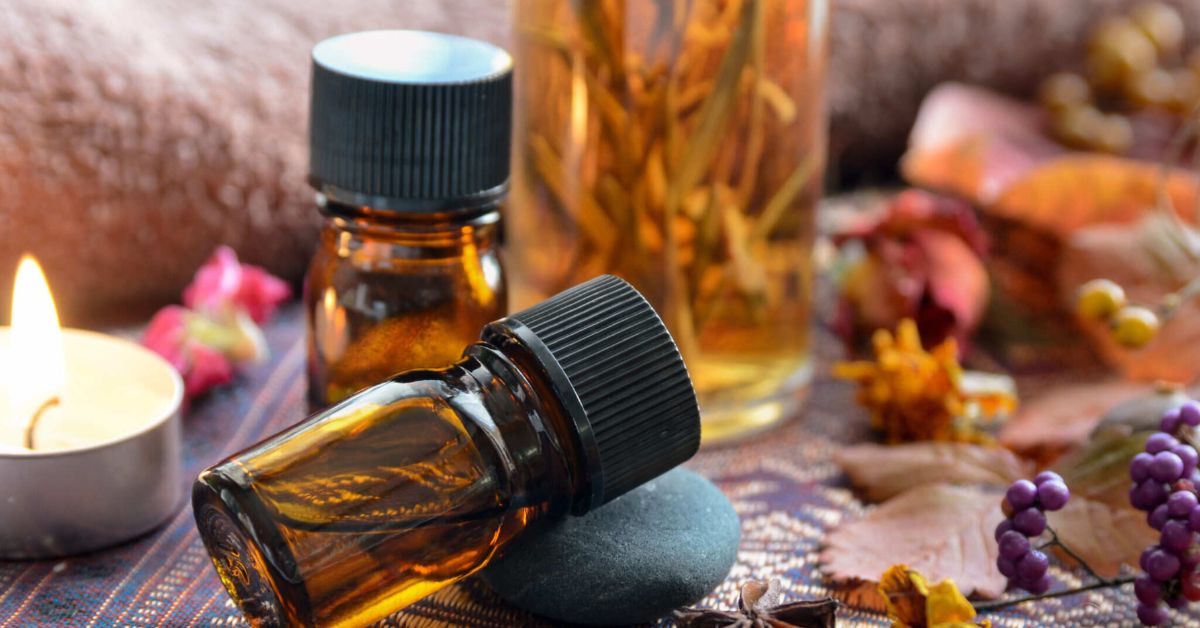
Once you’ve selected the right scents, it’s time to apply them using the right technique. Whether you prefer to keep things simple or experiment with more complex blends, these methods can help you get the most out of your fragrances.
Basic Layering Techniques
- Apply one fragrance first, followed by another: Start with the heavier or base-oriented scent, then layer a lighter fragrance on top. This allows each perfume to shine without overpowering the other.
- Mix fragrances in the palm before application: Spray a small amount of each perfume into your palm or onto a blotter strip, blend gently, then dab the mixture onto your pulse points.
Advanced Layering Techniques
- Use unscented lotions or oils as a base: Apply an unscented moisturizer to lock in scent and give your perfume something to adhere to. This can also help soften strong fragrances.
- Layer with scented body products: Combine matching or complementary scented lotions, shower gels, or body oils with your perfumes to build depth and improve longevity.
Tips for Successful Layering
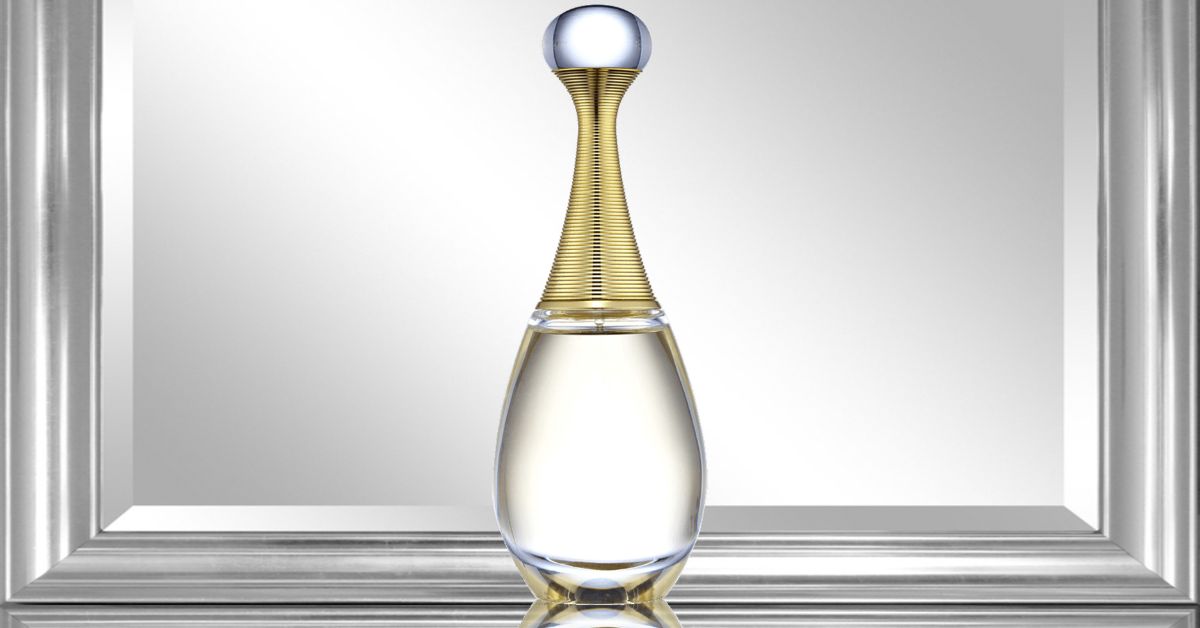
Getting layering right takes practice, but a few smart habits can make the process easier and more rewarding. Keep these tips in mind to create well-balanced, personal blends:
- Test combinations before committing: Don’t assume two favorites will smell good together. Use blotter strips or apply small amounts to your wrist to see how the scents interact.
- Start with lighter scents and build up: Apply the more delicate fragrance first, then follow with something deeper or more intense. This helps prevent one scent from overwhelming the other.
- Keep a fragrance journal: Jot down combinations you’ve tried, how they wore throughout the day, and what reactions they got. Over time, this helps you develop a go-to scent wardrobe.
- Avoid overpowering scents: Bold, complex perfumes can clash when layered. If both fragrances are strong, try applying one to pulse points and the other to clothing or hair.
Common Mistakes to Avoid
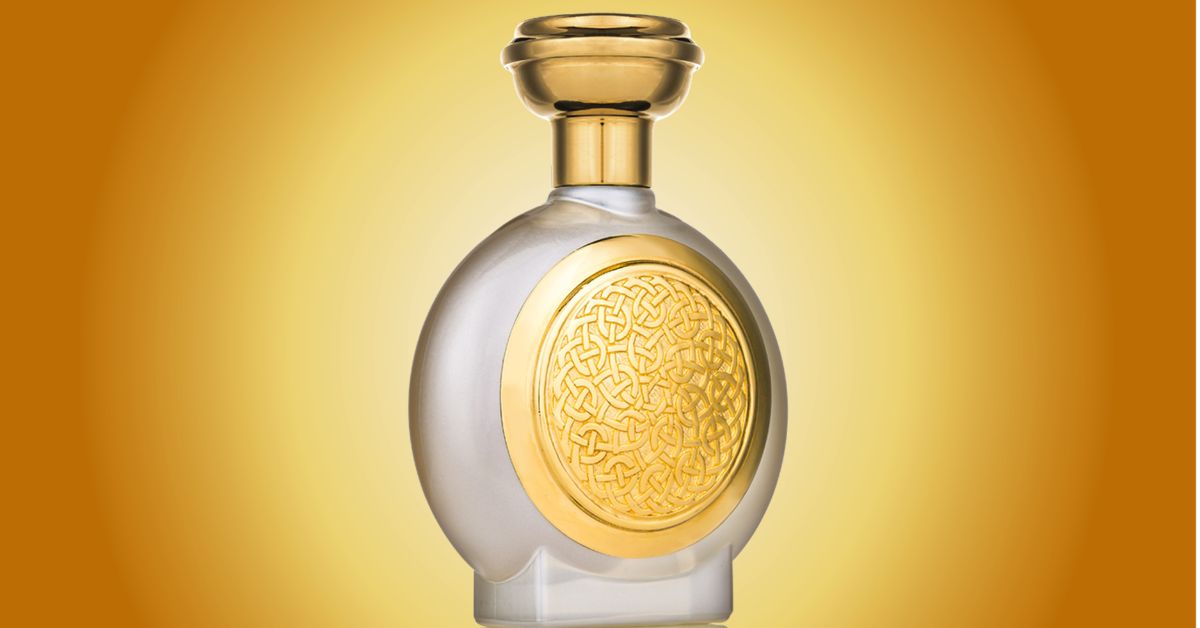
Even with the best intentions, fragrance layering can go wrong if you’re not careful. Avoid these common pitfalls to get better results from your blends:
- Over-layering: Combining too many fragrances can lead to a muddled or overpowering scent. Stick to two or three complementary perfumes at most.
- Ignoring skin chemistry: A blend that smells great in the air may react differently with your skin. Always test on your body before deciding it’s a keeper.
- Not considering the occasion: A rich, spicy blend might be perfnotect for evening wear but overwhelming in the office. Choose your combinations based on setting, season, and time of day.
Conclusion
Layering perfume fragrances is a creative way to personalize your scent and make it truly your own. By understanding fragrance notes, choosing the right combinations, and applying thoughtful techniques, you can enhance both the complexity and longevity of your perfume.
Don’t be afraid to experiment—some of the best blends come from unexpected pairings. Keep track of what works for you, trust your nose, and have fun with the process.
With a little patience and curiosity, you’ll be able to craft a signature scent that reflects your personality and stands out in all the right ways. Ready to experiment? Explore our guides to vanilla perfumes, unisex blends, or seasonal layering picks to get started.
